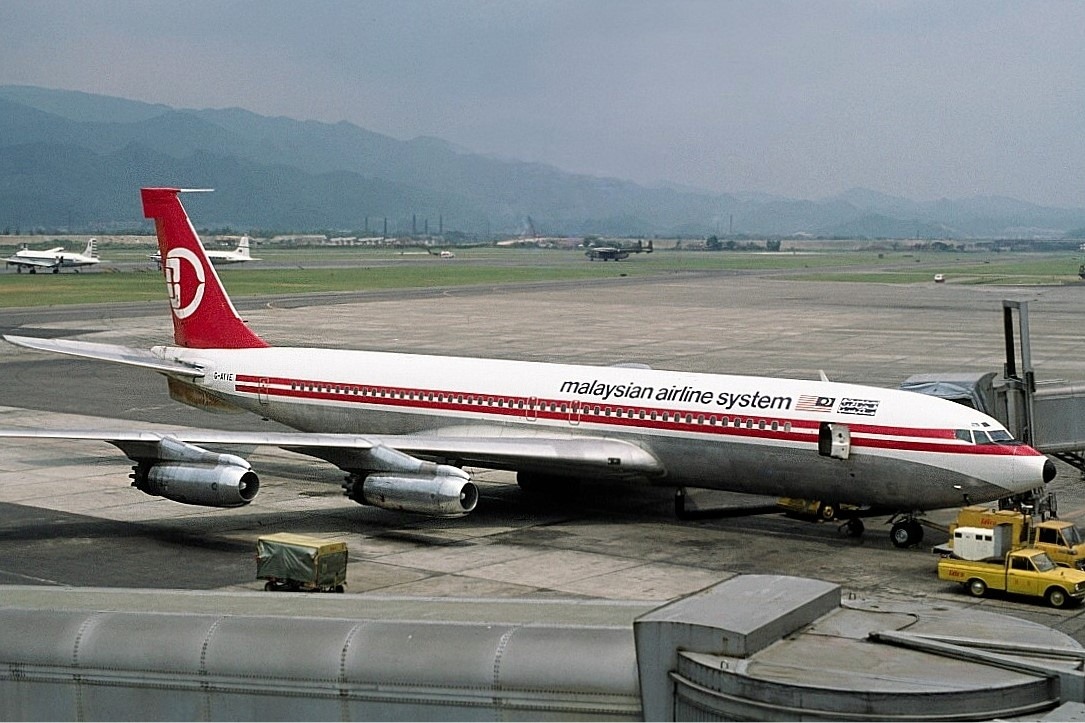Malaysia Airlines Berhad (MAB), the national carrier of Malaysia, boasts a storied history marked by expansion, challenges, and resilience. Established initially as Malayan Airways Limited in 1947, the airline has undergone significant transformations, rebranding, and restructuring to become the modern airline known today.
The Early Years: Malayan Airways Limited (1947-1963)
The airline’s journey began on October 1, 1947, as Malayan Airways Limited (MAL), a joint venture among the Ocean Steamship Company of Liverpool, the Straits Steamship Company of Singapore, and Imperial Airways. MAL’s first commercial flight took off on April 2, 1947, from Singapore to Kuala Lumpur, using an Airspeed Consul aircraft. The fledgling airline quickly expanded its network to include regional destinations such as Jakarta, Saigon, and Bangkok.
Rebranding and Expansion: Malaysian Airways (1963-1972)
With the formation of the Federation of Malaysia in 1963, the airline was rebranded as Malaysian Airways. This period saw significant growth, including the introduction of the Fokker F27 and the Vickers Viscount to its fleet. The airline’s network expanded further into Southeast Asia, reflecting Malaysia’s growing economic and political presence in the region.
A New Identity: Malaysia-Singapore Airlines (1967-1972)
In 1966, Malaysian Airways entered a new phase as Malaysia-Singapore Airlines (MSA) following a restructuring agreement between the governments of Malaysia and Singapore. MSA marked a period of rapid development, acquiring modern jet aircraft like the Boeing 707 and 737, and establishing itself as a significant player in the regional aviation market.
Split and Formation of Malaysia Airlines System (1972-1987)
The partnership between Malaysia and Singapore in MSA ended in 1972, leading to the establishment of two separate national carriers: Singapore Airlines and Malaysia Airlines System (MAS). MAS, launched on October 1, 1972, inherited the Malaysian operations of MSA. The airline focused on developing its domestic network and international routes, with the introduction of wide-body aircraft like the Airbus A300 and the Boeing 747, which enabled it to serve long-haul destinations.
Growth and Challenges (1987-2014)
Throughout the 1980s and 1990s, MAS experienced substantial growth, expanding its fleet and network to cover Europe, North America, and the Middle East. The airline earned a reputation for high-quality service, winning several international awards.
However, the late 1990s and early 2000s brought financial challenges. The Asian financial crisis, coupled with high operational costs and competition, led to significant losses. Despite efforts to restructure and modernize its fleet, including the introduction of the Airbus A380, MAS struggled to return to profitability.
Tragedy and Transformation: The Formation of Malaysia Airlines Berhad (2014-Present)
The year 2014 marked a turning point for MAS with two tragic incidents: the disappearance of Flight MH370 and the downing of Flight MH17 over Ukraine. These disasters had a profound impact on the airline’s operations and finances, leading to a significant decline in passenger confidence.
In response, the Malaysian government implemented a major restructuring plan. Khazanah Nasional, the airline’s majority shareholder, announced a recovery plan which included the creation of a new entity, Malaysia Airlines Berhad (MAB), to replace the troubled MAS. Officially launched on September 1, 2015, MAB undertook a comprehensive transformation program aimed at restoring profitability and competitiveness.
Recent Developments and Future Prospects
Under the leadership of various CEOs, including Christoph Mueller and Izham Ismail, MAB has made strides in improving operational efficiency, enhancing customer service, and expanding its network. The airline has modernized its fleet, focusing on fuel-efficient aircraft like the Boeing 737-800 and the Airbus A350-900.
MAB has also embraced digital transformation, investing in technology to improve the passenger experience and streamline operations. Despite the challenges posed by the COVID-19 pandemic, which severely impacted the global aviation industry, MAB has shown resilience, adapting its business model to focus on cargo operations and exploring new revenue streams.
Malaysia Airlines Berhad’s journey from its inception as Malayan Airways Limited to its current form as MAB is a testament to its resilience and adaptability. Despite facing significant challenges, including financial difficulties and tragic incidents, MAB continues to be a key player in the aviation industry, representing Malaysia on the global stage. With a commitment to innovation and excellence, the airline is poised to navigate the future of aviation with confidence.

